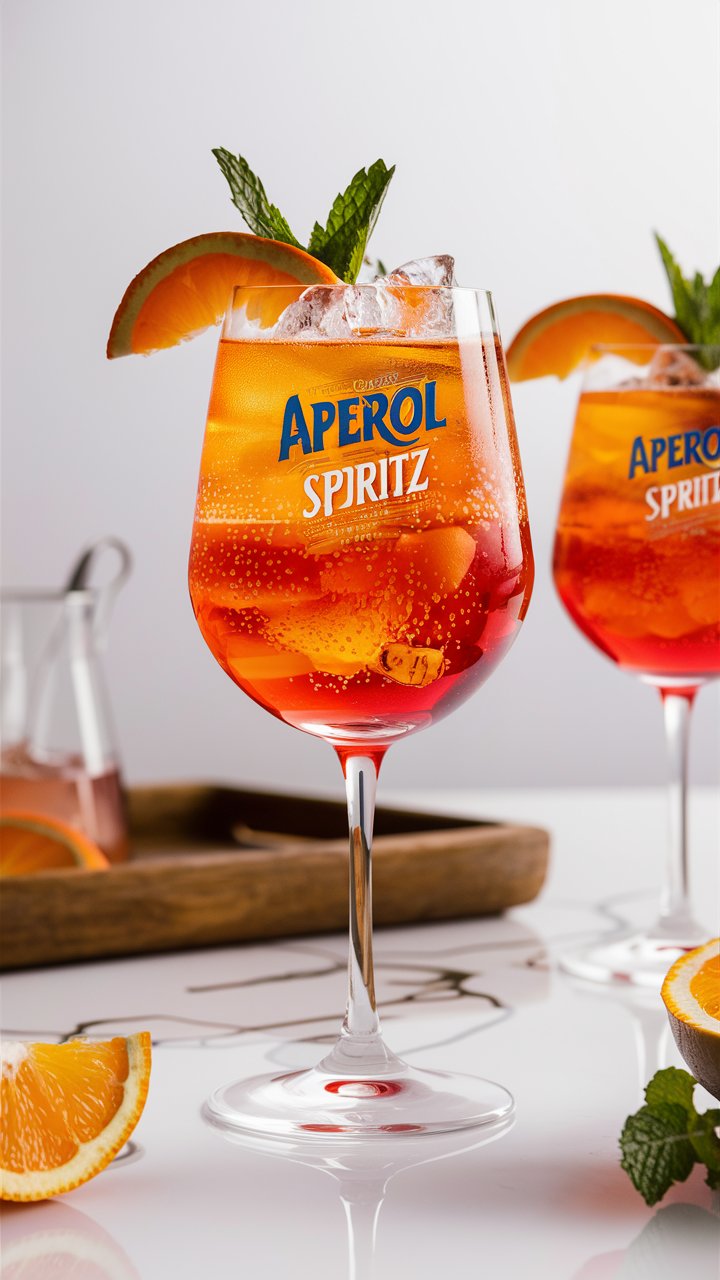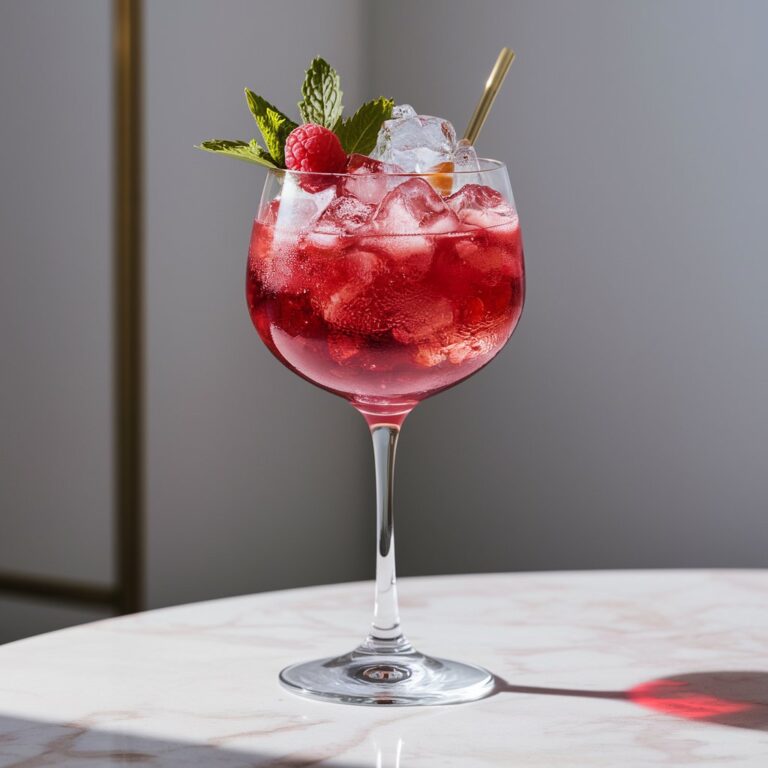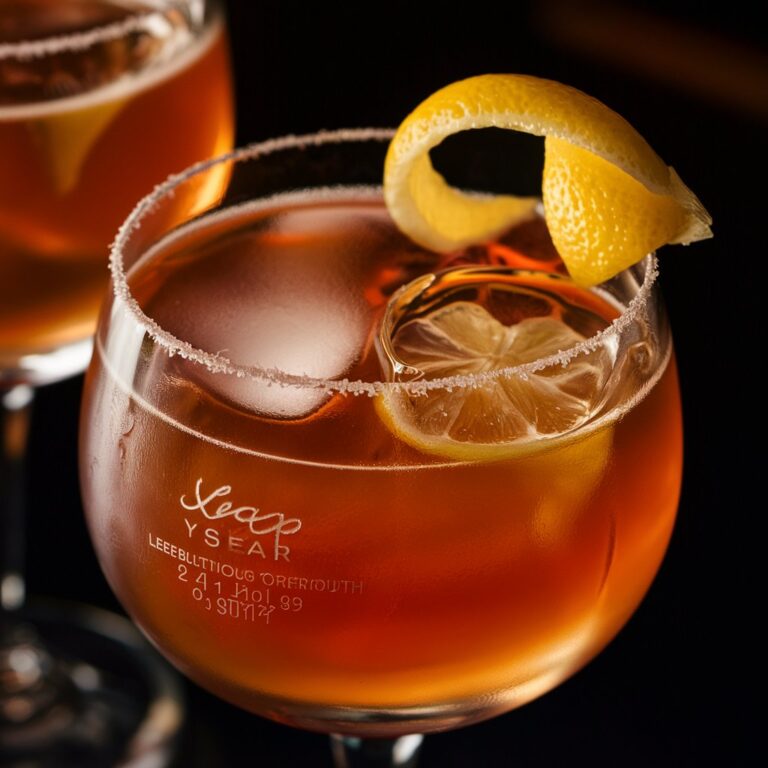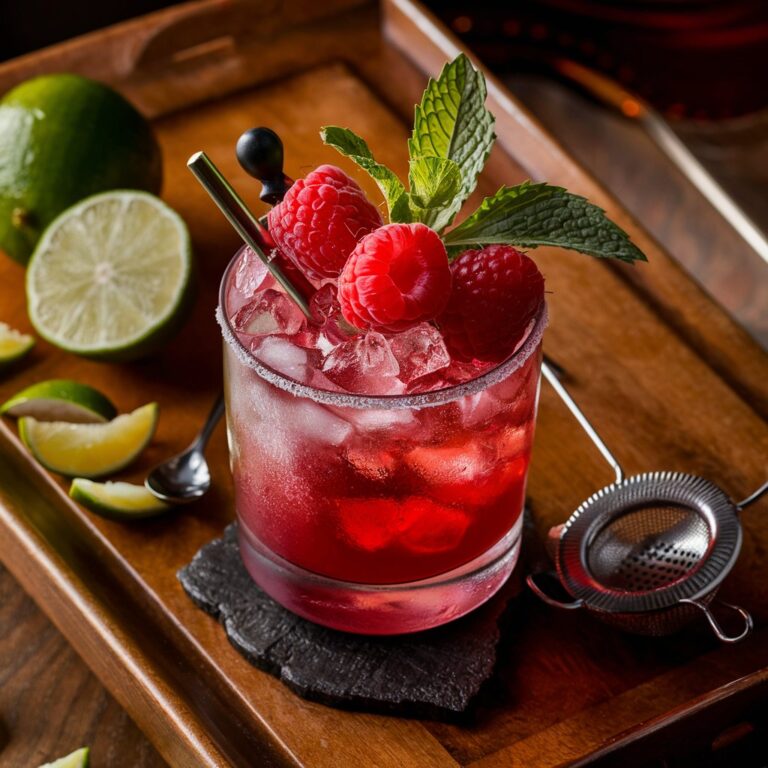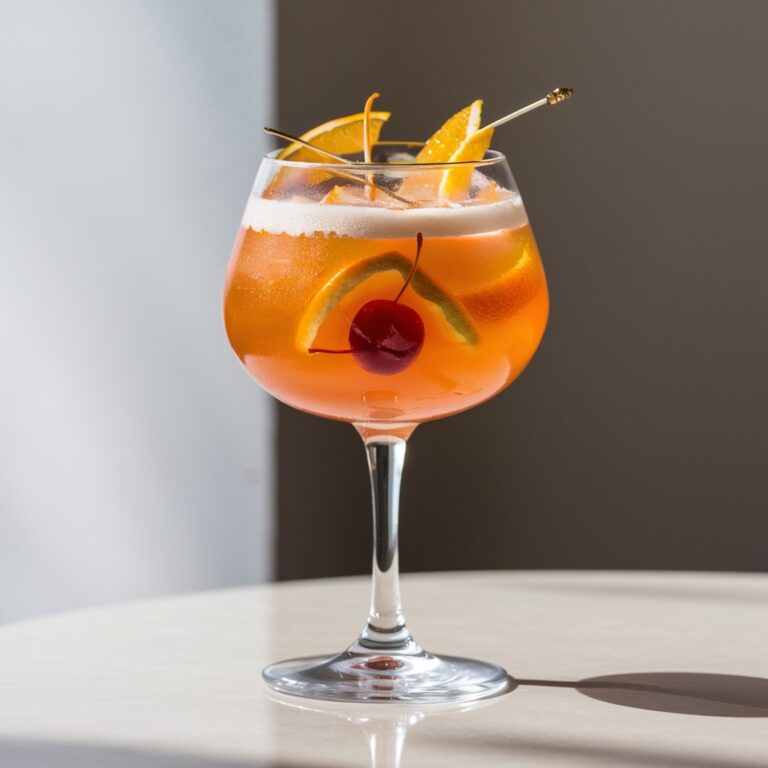The Classic Martini Recipe
Thinking of a sophisticated cocktail often brings the classic martini to mind. Its origins and evolution are just as intriguing as the drink itself.
Begin by measuring 2 1/2 oz of gin and 1/2 oz of dry vermouth—simple yet precise ingredients that demand careful handling.
What’s the best technique to ensure your martini achieves that perfect balance?
How can the garnish influence the final taste?
Explore these nuances to master the art of this timeless cocktail.
Origins and Evolution
The origins of the Martini are wrapped in a blend of mystery and debate. Some believe it began in Martinez, California, during the Gold Rush era, where a bartender mixed gin and vermouth for a prospector. Others claim it was born in a New York City bar, crafted by a bartender named Martini di Arma di Taggia. The truth remains elusive, but it’s clear that the Martini has evolved into a symbol of sophistication and elegance.
Delving into the Martini’s history reveals that it’s more than just a drink; it’s a cultural icon. Over the decades, it has transformed from a sweet concoction to the dry version many adore today.
Early recipes often included orange bitters and were much sweeter compared to the modern-day Martini. The Prohibition era played a significant role in this evolution. With gin being easier to produce illicitly, it became the spirit of choice, paving the way for the dry Martini.
Ingredients
- 2 1/2 oz gin
- 1/2 oz dry vermouth
- Ice cubes
- Lemon twist or olive, for garnish
Instructions
Ready to craft a classic martini? Start by filling a mixing glass with ice cubes to ensure your drink is properly chilled without becoming diluted.
Once the mixing glass is prepared, pour in 2 1/2 ounces of gin and 1/2 ounce of dry vermouth. These proportions will deliver a perfect balance of robust and crisp flavors.
Take a bar spoon and gently stir the mixture for about 30 seconds. This allows the ingredients to blend seamlessly while maintaining the drink’s clarity. Avoid shaking, as it can introduce air bubbles and cloudiness.
Here’s the process:
- Fill: Add ice cubes to the mixing glass.
- Pour: Measure and pour the gin and dry vermouth.
- Stir: Use a bar spoon to stir gently for 30 seconds.
Once stirring is complete, place a strainer over the mixing glass and carefully pour the liquid into a chilled martini glass, ensuring no ice slips through.
Add a final touch with a lemon twist or an olive as a garnish. Enjoy every sip!
Chilling Your Glass
Chilling Your Glass
Now that you’ve mastered the art of mixing the perfect martini, ensure you enjoy it at its finest by chilling your glass properly. A well-chilled glass can make a significant difference in maintaining the drink’s temperature and enhancing your overall experience.
Here are three effective methods to chill your glass:
| Method | Time Required | Steps |
|---|---|---|
| Freezer | 30 minutes | Place the glass in the freezer for at least 30 minutes. |
| Ice Water | 2-3 minutes | Fill the glass with ice and water, then let it sit. |
| Ice Cubes | 1 minute | Swirl ice cubes in the glass for about a minute. |
Using the freezer is the most effective method if you have the time. For a quicker option, fill your glass with ice water and let it sit while you prepare your martini. If you’re in a real hurry, just swirl some ice cubes around in the glass for about a minute, then discard the ice.
Final Thoughts
As you savor your expertly crafted martini, take a moment to appreciate the balance of flavors and the meticulous preparation that went into it. A genuine classic martini is more than just a drink; it’s an experience that combines tradition, technique, and taste.
The cold, crisp sensation on your tongue, the subtle interplay of gin and vermouth, and the aromatic twist of lemon or olive create a perfect symphony.
When making a martini, every detail matters. From selecting the right gin and vermouth to using fresh ice and chilling your glass, each step enhances the final product.
Don’t rush the process; allow yourself to enjoy the ritual. Whether you prefer it shaken or stirred, with a twist or an olive, your martini should reflect your personal taste and style.

